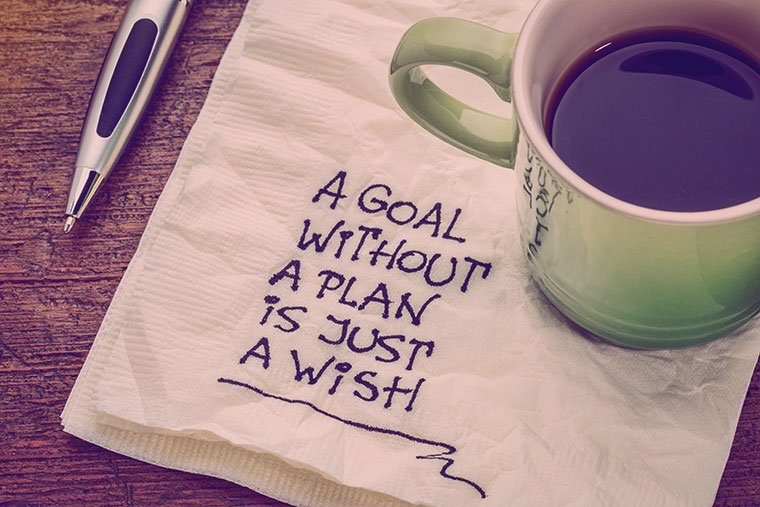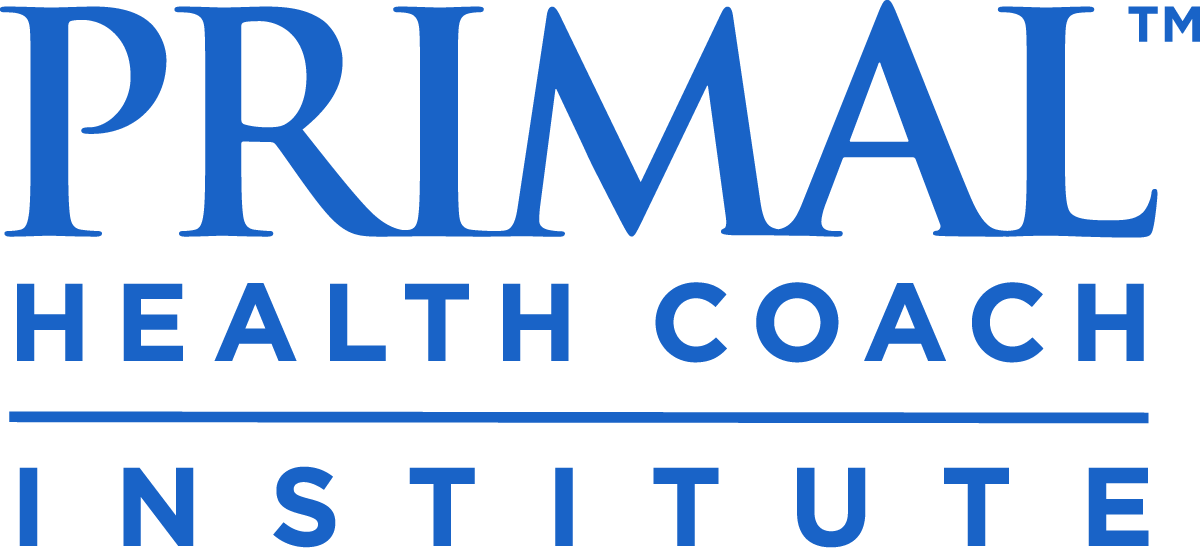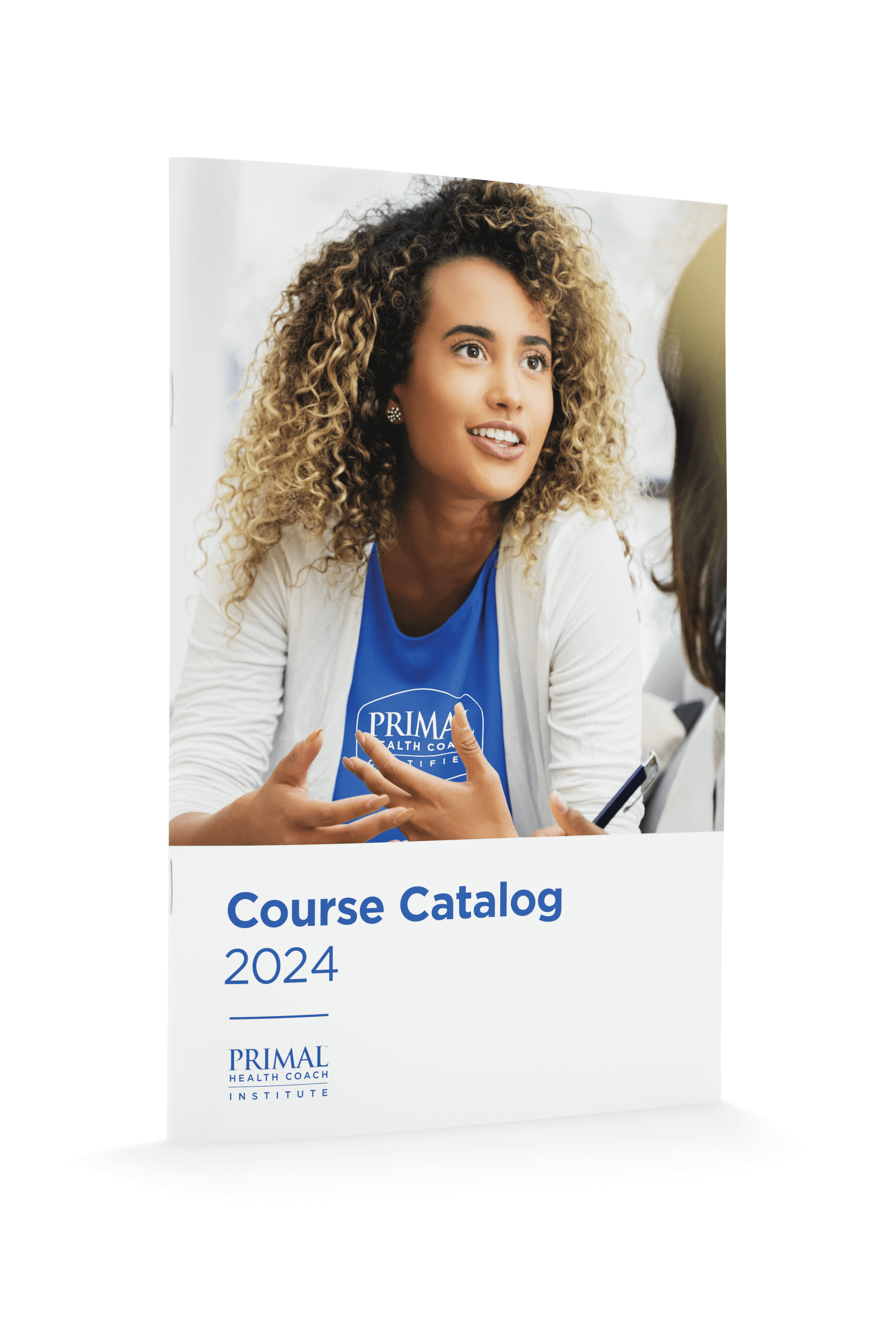
As health coaches, we relish the positive outcomes, the success stories, the big transformations, but the real work of our vocation is the process. If vitality was easy, everyone would have it, but it isn’t and not everyone does. Instead, it’s a commitment of an hour and then another, task upon task. While we’re inundated with visuals of triumphant endpoints, there’s not enough models, pictures, stories of the path itself—what it is to choose change, what it is to help another live into it. As coaches, the perpetual question is this: How exactly do we move clients from their current routine to the new life they want—the life we know is possible for them?
Thankfully, within the path is a plan. It’s steps. It’s principles. It’s a cycle of nurturing, modeling and buttressing the attitudes, practices and values that will define a client’s journey. They’re the methods that will move your clients forward and your coaching closer to their needs. Consider these 5 essential process techniques for an effective coaching plan.
1. Motivation: Draw out motivation and purpose in your client.
Motivation leans toward the emotional and messy. Rationality has little to offer. We want to tap into emotional experience. We want to offer support for the myriad of feelings that come up in our client’s process. We want to help our clients keep sight of the positive details when the work of ambition overwhelms.
And here’s where we need to be realistic. Research tells us time and again that health isn’t a good motivator to better behavior. It’s too conceptual, too remote to move us toward change. We’re wired largely for immediate gratification because that’s what preserved our species once upon a time in the annals of evolutionary history. Today, however, we need to get more creative with this instinct to harness it for good rather than allow it it to undermine long-term gain.
As coaches, we help our clients focus their awareness on the immediate and short-term gains their healthy practices confer. It not only helps divert their thinking from what they’re giving up for these new behaviors, but it fortifies the benefits themselves. What receives our attention grows.
Ask your clients to chart, free write or otherwise track or express their immediate positive experiences. Give them prompts for this process. Tell me about your post-workout glow. Tell me about your clarity of thinking and sharpness of memory this week. Tell me what your noon hour walk does for your stress levels. Tell me how your sleep responds to regular exercise/an evening fast/your new meditation routine. Tell me how you feel different in your body this week.
Point your clients toward the experiences that show them the greatest impact of their “small” and gradual changes.
2. Self-Support: Cultivate your client’s inherent capacity for change by nurturing his/her sense of autonomy, resilience, positivity and support.
People will almost invariably underestimate what’s possible for them. Your job is to help them continually realign those expectations.
Crack their whole process open by upping the ante beyond what most would ever hope for themselves. Encourage your clients to upgrade their visions of health to that of vitality, spend regular time talking about what that means, and celebrate how it’s gradually showing up in their new lifestyles.
For this to happen, embrace the substantive conversations around deserving and abundance. What do they feel they deserve? What do they feel lies beyond their deserving? Why? What people, practices and choices can help them bridge that span and move them to a place of more expansive self-belief and trust in life abundance? Tell your client that this, too, is part of the journey. They may have come with a modest goal of health, but open for them a grander picture of well-being for their lives. What’s the life they’ve always wanted to live? How do they want to feel each day? That vision, more than the abstract goal of “health,” will feel more personal and, thereby, be more reachable.
3. Education: Share your knowledge and expertise as your client is interested and ready. Thoughtfully model skills and practices that can help move your client forward.
We tend to think of education in the pure didactic sense—the presenting of information to another, but we can embrace a more creative and open interpretation here.
Certainly, we can offer resources like Primal Blueprint books and Mark’s Daily Apple articles with our clients to explain principles or put them in a new light. However, our own lives and practices offer in-the-flesh illustrations clients may find helpful at times.
Sometimes sharing an experience together and explaining our own personal motivations, strategies and stories associated with a particular routine (e.g. doing a set of sprints together, going for a walk together, making a recipe together) mean more and have a greater influence on our clients than informational resources. Make thoughtful use of both guided instruction and shared experience for a deeper coaching impact.
4. Accountability: Emphasize personal accountability and mindful goal-setting by eliciting deeply innate capacities for growth, mastery, and present-orientation.
Accountability isn’t about getting it all right all the time and having the evidence to prove it. At its best, accountability is about self-respect, self-possession and self-attunement.
Our clients don’t become masters of willpower. They becomes masters of their lives with an understanding of their limitations. Willpower is a limited resource, but we can help our clients learn to use it wisely in a day, eliminating unnecessary demands and distraction.
In taking on accountability, we may have to help our clients re-think responsibility. To what and whom do they give their responsibility, their time, their energy, their focus away each day? How does this detract from their ability to be accountable to their goals? Most clients need to learn how to pay themselves first before being accountable to themselves. You can’t serve a healthy self-interest from a dry well. It’s a matter of perspective on life in addition to a priority of schedule. These are the philosophical transitions we can guide clients through that can open up whole new fields of possibility for their lives.
Likewise, when our clients fall off their program, model for them a renegotiation process that focuses on seamless reentry rather than one that deals in guilt. Help them become aware of the steadying influences and routines in their lives, but also hold the long view for them when they lose their footing.
5. Reinforcement: Promote the interdependence of positive mental and physical health for your client and help them cultivate a values-focused vision for a vitality-filled life.
The care we give to our mental and emotional selves will create strong reverberations in our physical health. In coaching clients, we can highlight this principle and harness its power by talking about what mantras or affirmations may help them move forward or overcome undermining beliefs. We can listen to them describe the self-talk that fosters or impairs their progress. We can be a witness to feelings about their capacity for health and happiness they may never have voiced to another human being.
Likewise, we can help them loosen their common grip on the assumption that health is about strategy. Certainly, we share tools and information they can put into thoughtful practice, but the real journey revolves around values—about living a life each day that’s congruent with the values we hold.
It’s a core, ground-shifting lesson: Compromising our health means compromising ourselves and our values. Living with vitality obliges us first to live with self-integrity. From this place of harmony, your clients can live into visions they never would’ve conceived for themselves.
Thanks for reading. There’s much more to these process techniques and to their use with clients. To learn more, subscribe below for regular content on health coaching, and begin your commitment to becoming a Primal Health Coach.



